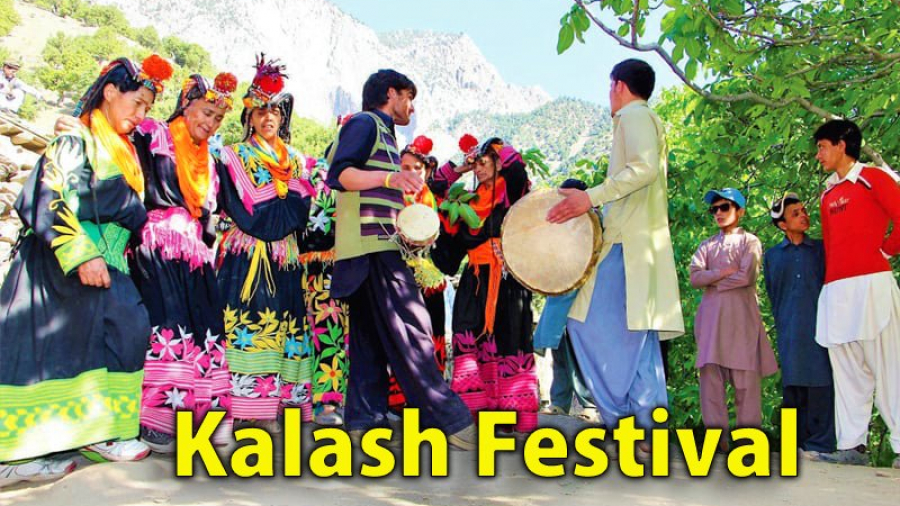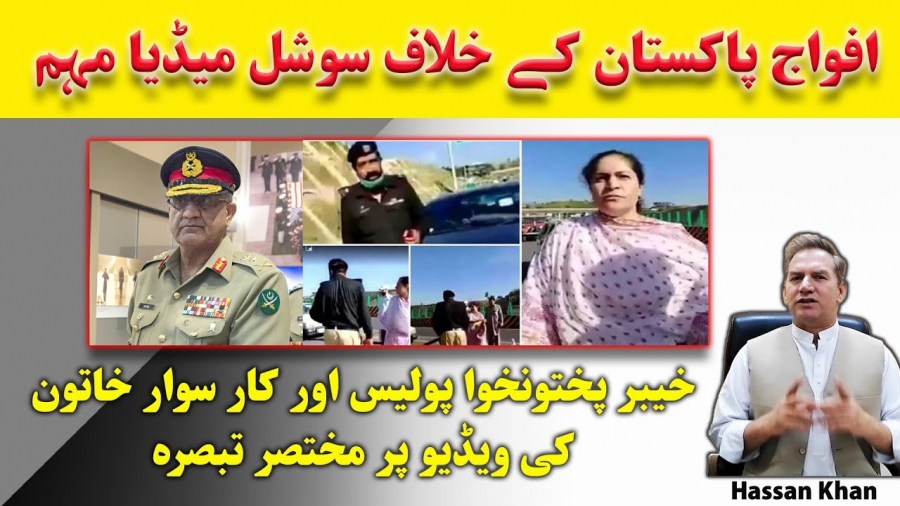Kalash Valleys (also called Kalasha Valleys) is home to the famous Kalash people, the only pagan minority residing in the Chitral district of Khyber Pakhtunkhwa province. It is situated approximately 45 kilometers from Chitral town. They form the smallest minority community in the Islamic Republic of Pakistan.
The Kalasha are an ancient tribe of Pakistan which have their own way of life, religion, language, rituals and identity. The Kalash people are also known as ‘black Kafirs’ or ‘red kafirs’.
The origins of Kalashas is still unclear as their history is shrouded in a number of theories and mysteries. The grandest of all is that the Kalashas are the descendants of Alexander the Great. On the other hand, many historians believe that Kalashas are indigenous tribe of the neighboring area of Nuristan also called Kafiristan (the land of Kafirs). However, the minority claim that the ancestors of Kalashas migrated from a distant place in South Asia called Tsiyam’, a place that also features in their folk songs.
The Kalash countryside consists of three unique and stunning mountain valleys in the KPK province of Pakistan: Bumboret, Birir and Rumbur. The colorful Kalash people are animists by their belief. They make their own wine and have a plethora of other unique traditions and festivals.
Unfortunately, their unique culture is diminishing. The people of Kalash were once in a large number, around 200,000, however, the number has dwindled significantly in the recent past. Currently, there are only about 3000 to 4000 Kalashas in the area. Roughly 50% of Kalash people have converted to Islam for a variety of reasons, usually related to financial struggles, marital obstacles, and societal pressures.
UNESCO listed Kalash culture as “Intangible Cultural Heritage” in November 2018. Kalasha women generally wear a very unique and traditional dress. There are many Kalash festivals celebrating and showcasing Kalasha culture, kalasha and Dardic language.
Though the Kalash people observe various festivals, Chilam Joshi is the most popular. Thousands of tourists visit the Rumbur valleys every year to enjoy the event. It is celebrated in May and marks the arrival of spring. People wear new clothes and women accessorize heavily. Girls are sent to the hill side for dancing and singing. Women decorate their houses and collect milk from the cattle, one-year old babies and their mothers are also purified in this festival.
The Kalash people known for their primitive culture and ways of life, formally starts the festivities by sprinkling milk on the deity placed in the place of worship and holding the ceremony of chhirpiyak (offering of milk). They believe that the God Goshidai protects their herds during the summer and spring seasons, therefore, they thank Goshidai for his protection during the festival.
Main feature of the festival is selection of life partners for unmarried boys and girls. The event culminates with the loving couples tying the knot. The local people decorate their houses with flowers. The Kalash people also pray for the safety of their fields and animals by distributing milk among their loved ones. The ritual of Gulparik is also held on this day which involves baptizing infants with milk.
The boys and girls sang songs and perform the traditional dance, while men and women of all ages marched to the common dancing place, Charsu, in Guru village. They remain there until night. The festival reach its climax when elders and notables of the Kalash community from all three valleys perform rituals in the Bumburate Charsu.
As of 2019, foreigners have to pay Rs 600 per person to enter the Kalash Valleys. This amount is utilized for the welfare of the Kalash people. The Kalash people starts their farming activities a day after the festival and many of them leave for the pastures in the highlands with their goats and remain there till September.
In short, the people of Kalash have a rich culture and a very strong identity. The valley boosts serene beauty, lush green valleys and fruit farms, making it an ideal tourist spot in terms of recreation, cultural diversity and religion. Despite all the tourists’ attention, no significant steps have been taken to develop the area or to invest in its tourism industry. The area lacks proper infrastructure to absorb tourists or attract more tourists to the region. In order to tap the full potential of Kalasha Valley, we need to develop proper infrastructure and make the area more accessible. This will help in attracting more tourism and boost economy of the region.
Special assistant to chief minister on minorities, Wazirzada, said that the government had taken a number of initiatives to improve the living standard of Kalash people and efforts are underway to preserve the ancient civilization. However, there is a need to take concrete steps to preserve this unique culture and attract more tourism to the region.





